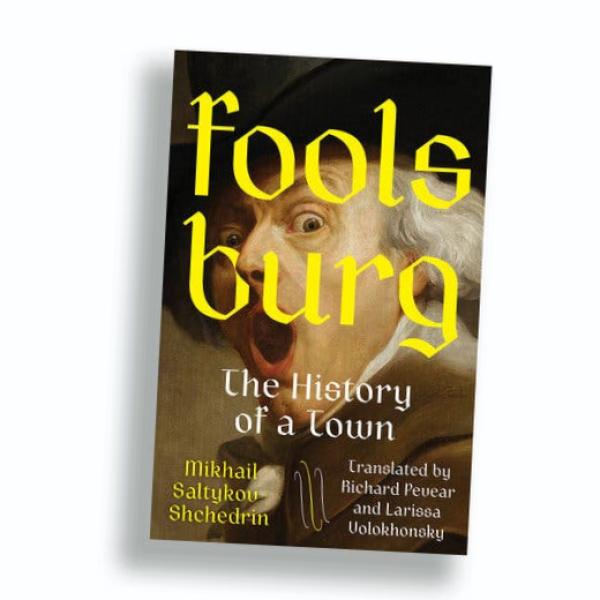Books
Now, it is what they dedicate their entire lives to
Love Them or Hate Them, Richard Pevear and Larissa Volokhonsky Dominate Russian Literature. For Richard Pevear and Larissa Volokhonsky, translating together extended naturally from their relationship as husband and wife.
Updated 2024-Aug-31 22:34

The subtitle and translators’ names are in white. The title and author’s name are in yellow. The cover of “Foolsburg” is a painting of an old man, dressed in a black hat and brown-collared shirt, with his mouth agape.
Pevear and Volokhonsky had supporters and there were weaknesses in criticisms of them. Malcolm and Helen Andrews who were both critical did not know Russian but favored Garnett s Edwardian translations over modern ones.
Alice Sedgwick Wohl in contrast expressed a preference for Pevear and Volokhonsky s translations as she believed they captured the essence of the original text.

Larissa Volokhonsky, left, and Richard Pevear, framed by a white window, stand inside their home in Anthien, France.
I similarly enjoy Garnett s translations citing the same reasons as Janet Malcolm however I often perceive them as English novels situated in Russia.
Ultimately one s perception of Pevear and Volokhonsky s translations hinges on their literary beliefs.
Garnett s translations are considered representative of their era but have been criticized by some for making significant changes to Russian rather than just translating it.
Pevear and Volokhonsky strive for a sense of fairness and loyalty any awkwardness in the wording is due to the author s unique style not their own.
Since then Pevear and Volokhonsky he now 81 and she 78 have become reigning translators of Russian literature publishing an average of one volume per year including classics by Tolstoy and Chekhov as well as lesser known books and works by contemporary writers like the Nobel laureate Svetlana Alexievich.
In their reach the couple are the Constance Garnett of our time making vast swaths of Russia’s written word available to the West for which they have received both adulation and full throated condemnation.
Their latest project is a translation of Mikhail Saltykov Shchedrin’s Foolsburg: The History of a Town published earlier this month by Vintage.
To Anglophone readers to whom the book is largely unknown it will be a corrective to the only previous translation available from 1980 as well as an argument for the book’s Swiftian wit and its relevance to Russia and the United States today.
There is even a character in it named Trump. ImageThe couple’s latest project a translation of Mikhail Saltykov Shchedrin’s Foolsburg: The History of a Town was published on Aug.
We re not aiming to be unique Volokhonsky explained. It simply emerges in a distinct manner. Receiving compliments feels good while facing criticism feels unpleasant and Garnett was an excellent woman.
We simply interpret in a different manner. It is okay for individuals to favor either her translations or our own.
Individuals have varying preferences. However they were criticized for going through Russian literature as if it were a literal treasure trove rather than a figurative one.
Janet Malcolm in a critical essay in The New York Review of Books criticized them for creating a business of acquiring any Russian written material accessible to them.
Scholarly critic Gary Saul Morson also authored a critique titled The Pevearsion of Russian Literature in which he described their translations as Potemkin translations seemingly accurate but ultimately shallow and inauthentic upon closer examination.

